Experienced farmers understand that saving seeds from their crops is a proven cost-cutting strategy. By preserving seeds from their most productive or distinctive plants, they ensure a head start for the following growing season. For indigenous and heirloom varieties, this practice becomes essential rather than optional.
Many plants carry deep cultural significance, intertwined with the histories of the communities that cultivated them for generations. For individuals seeking to reconnect with their ancestral heritage, particularly those who feel disconnected from their cultural roots, these seeds and the plants they produce offer a tangible link to their past.
As climate change becomes more of a concern, selecting and saving seeds that can handle extremes ensures there’s something to grow when conditions are unstable and unpredictable.
Why Save Seeds?
Aside from the obvious savings when you harvest and plant your own seed, you also preserve the seeds that performed best in your specific conditions, ensuring a more successful, already-adapted future crop. This concept is often called landrace farming.
If you are an aspiring breeder, seed-saving is vital to your practice. You want to have plenty to grow of the newly cultivated plant you created. You also want to have some to give away if you find your attempts were successful.
However, it’s important to know the laws around saving patented varieties. You may also be cautious about saving hybrids, as their offspring may not come true to the parent plant.
How to Save Seeds
Each plant has different requirements for saving seeds. Knowing how to save the most commonly grown seeds is a good skill to have. Grains require certain steps for cleaning, while fleshy fruits have a completely different extraction method.
Another important consideration: will they breed true to type? If you’re trying to breed new varieties, save those seeds. If you’re trying to preserve a legacy plant, use another form of propagation to keep that genetic line going.
For all seeds, store them in an envelope or container. Most will keep for a few years if kept out of the elements.
Tomatoes and Peppers
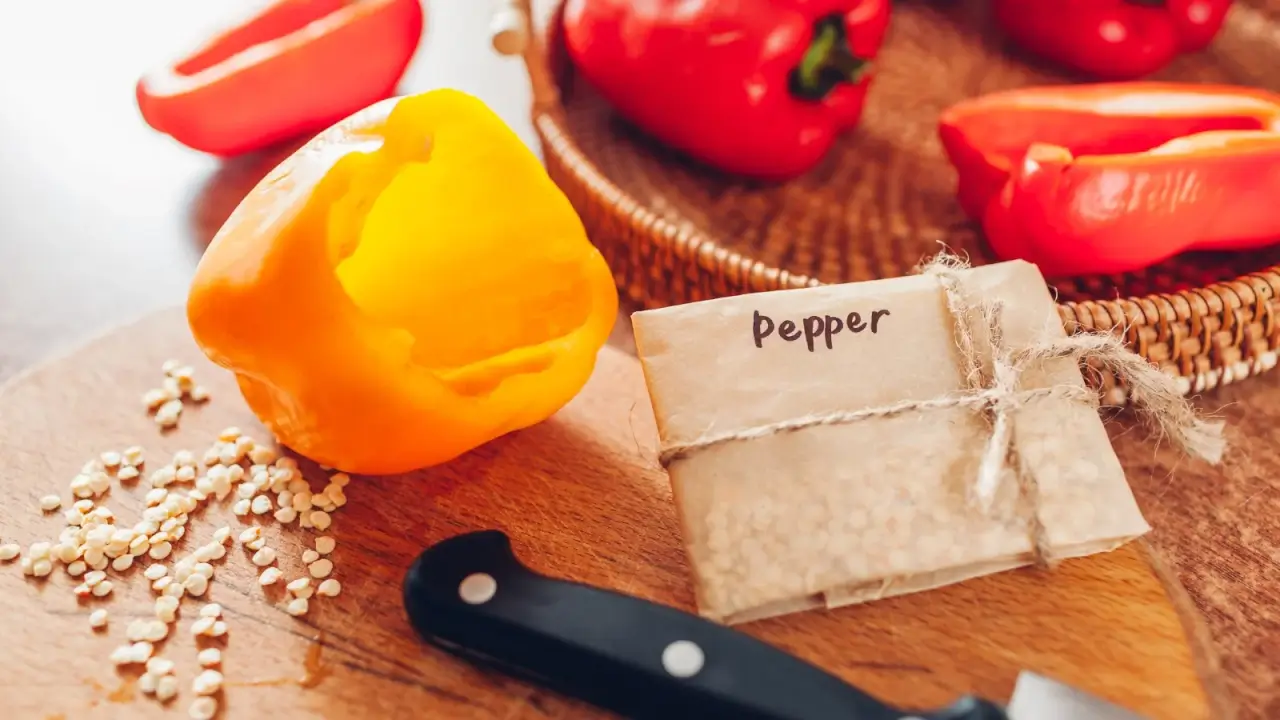
At the end of the season, keep your last fruit for seed-saving. Extract them from the fleshy parts of your favorite tomato or pepper (or the new variety you’ve bred). Place the entire fleshy part with the seeds attached in a mason jar, and submerge it in water. Then cover with the lid and place it in a cool, dark place for three to five days.
Every day, remove some of the flesh from the jar, and shake it. This dislodges the seeds from the flesh and ferments them. Fermentation prevents seed-borne illnesses and removes germination inhibitors that occur naturally. After the three to five days have passed, strain the liquid, and rinse the remaining flesh from the seeds.
Dry them on a piece of cheesecloth or a paper towel. If you’re using paper, keep the seeds from adhering to the paper by moving them around every few hours. Then, store them when they’re completely dry.
Cucurbits
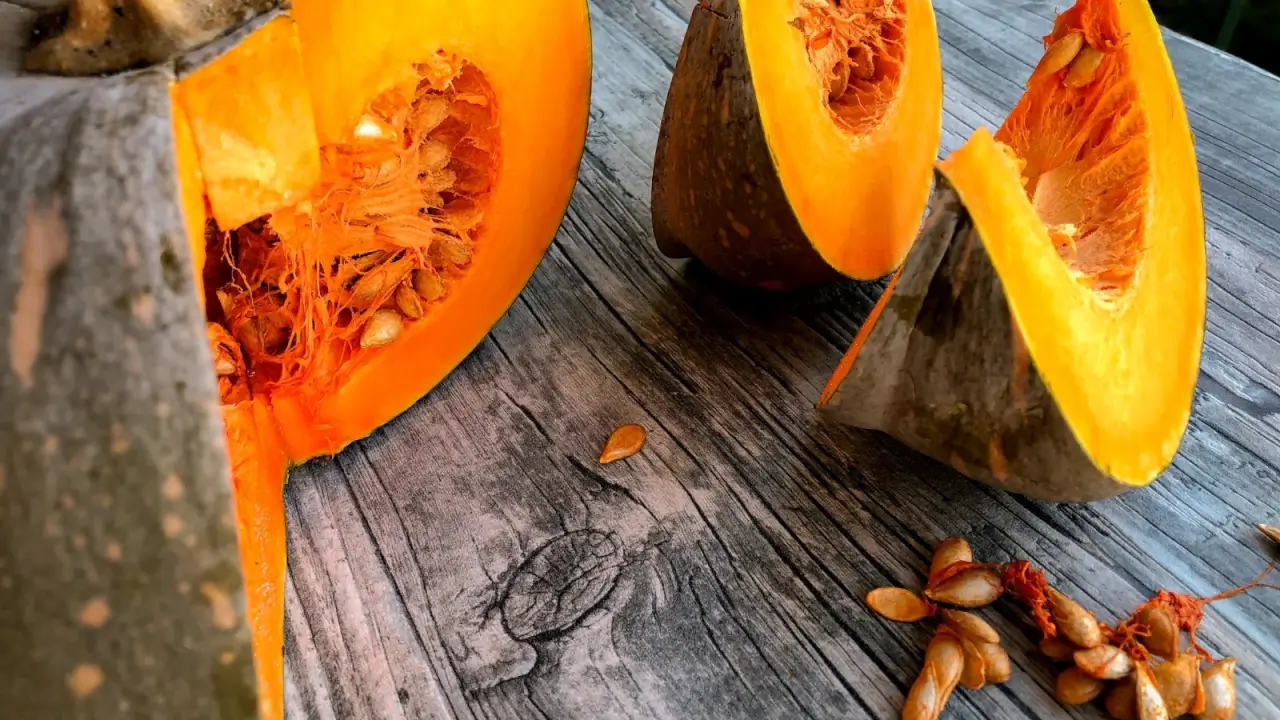
Squash is an important crop due to their popularity, ease in cultivation, and its long and storied history with indigenous peoples of the Americas. Summer types are plentiful and quick to grow, while winter squash requires a little more to develop, cure, and store properly.
Once you’ve grown them for the season, remove the seeds of a ripe specimen and wash the flesh off. Then lay them on cheesecloth or a paper towel until completely dry. If you opt for a paper towel, don’t forget to move them around so they don’t adhere. Then, store them.
Brassicas, Root Veggies, and Lettuces
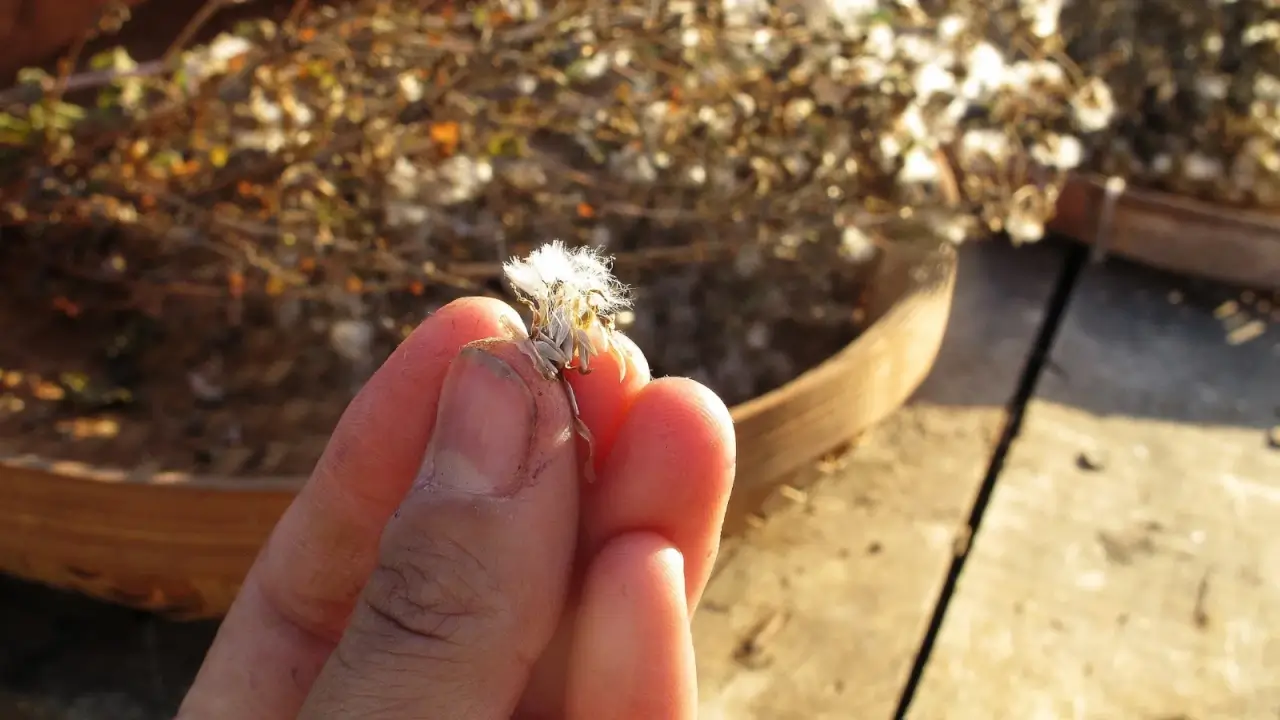
Unlike the last two crops, you have to let greens and root veggies grow to seed before harvesting. Most are biennials, and complete their life cycle in a couple of years rather than in one, like squash does. After they’ve done their thing for the season, leave a few plants.
Let them remain in the ground to cover the area where they’re growing. After some time, they’ll flower and provide a little forage to pollinators and beneficial insects. They act as a kind of cover crop that increases biodiversity and prevents weeds and soil erosion. After successful pollination, they produce pods that contain seeds.
Once these pods brown, snip them off into paper bags. Let them sit in the bags for a few days, and check to see if the pods have popped open. Then, remove the detritus and keep the seeds.
Sunflowers, Zinnias, and Commonly-Cultivated Flowers
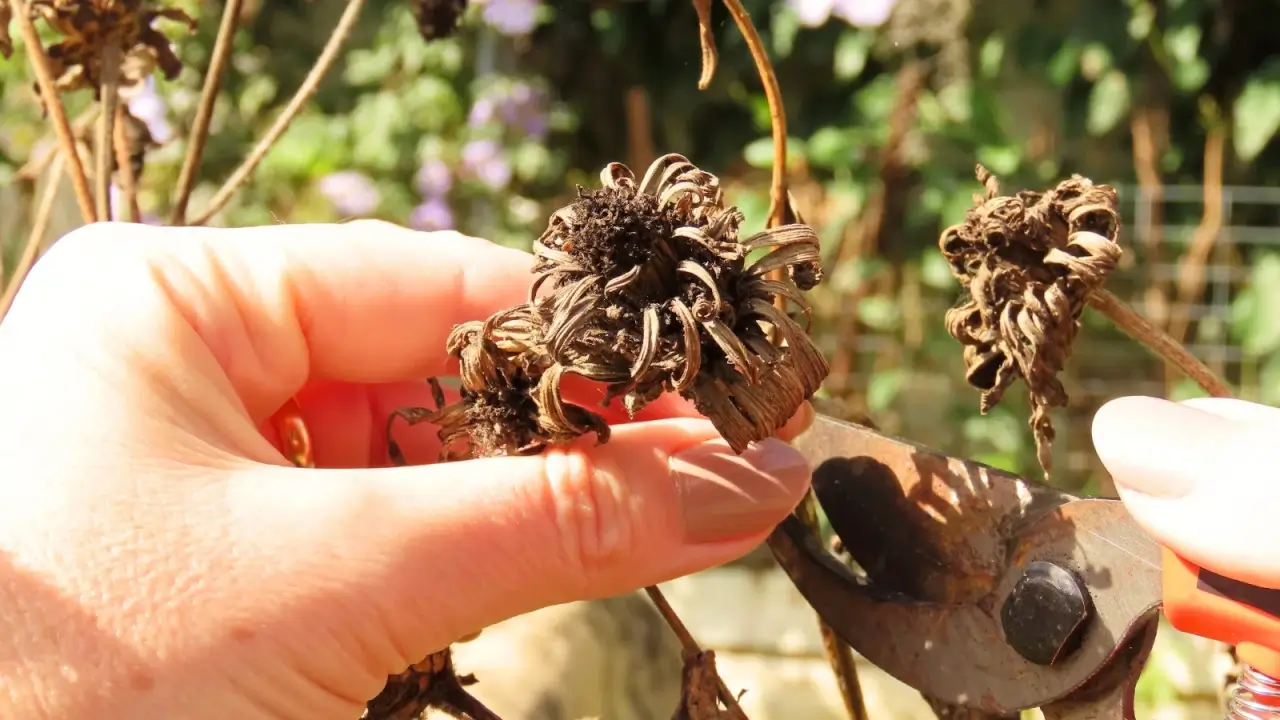
Flowers are all different and have differing seedheads with their own cleaning requirements. However, the process for sunflowers, zinnias, coneflowers, and cosmos is similar. While the time it takes for them to bloom may vary, for all, wait for the flower heads to brown and the petals to fall away.
Snip the heads off the plants, and gently crush them over a piece of paper. If you need to see what the seed looks like, take a look at the remaining seeds in the packet. Then, separate that from the remaining plant matter. For coneflowers, wear gloves to protect your hands from the sharp seedhead spines.
Grains
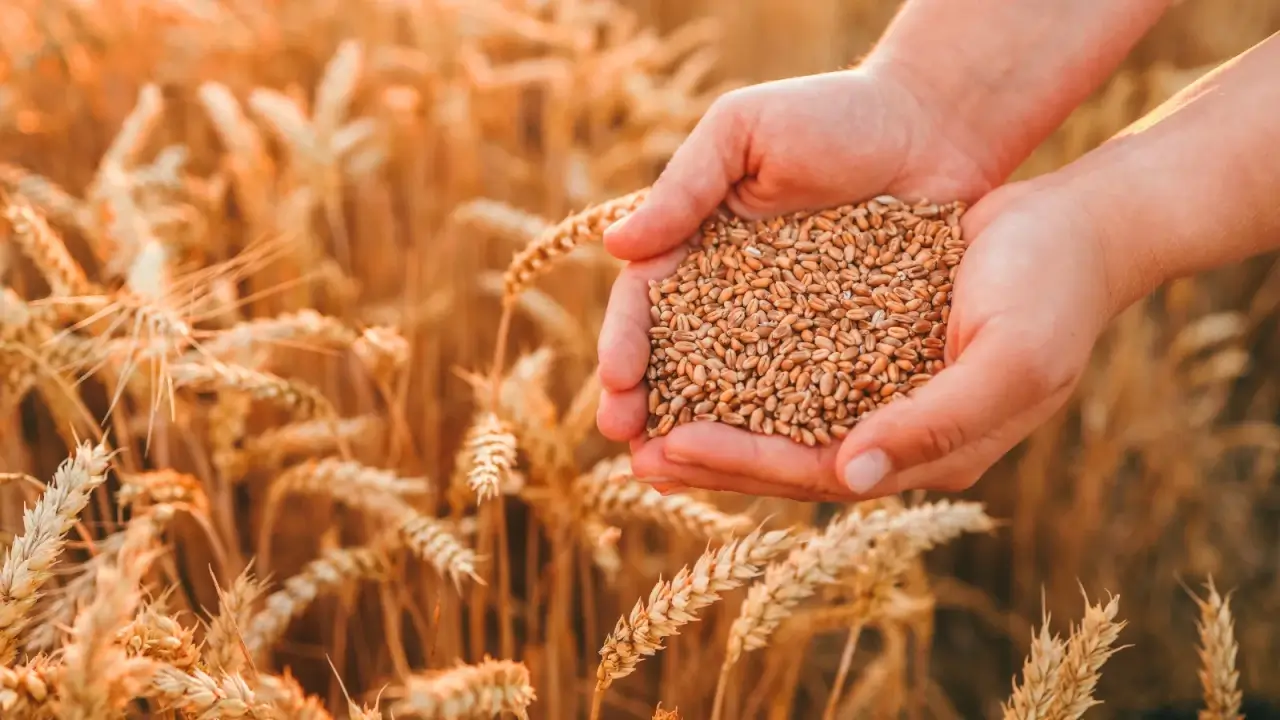
When you grow oats, wheat, and barley, you have to cultivate them en masse to have enough to enjoy the fruits of your labor. You also have a few more steps to harvest and clean. The process often involves threshing the grains and separating the seed from the chaff, or the casing that protects it before harvest.
You’ll need a station to do this, and you most likely want to carry out the process in an area that isn’t your home. This prevents a huge mess that’s hard to clean up. Over time, farmers have developed different methods for doing this. Some involve stomping on the grains, and some involve machinery.
Use the method that is best for your farm. Save them after you’ve given them a good period of time to dry in an area with good air circulation. Put them in sealed jars in a cool, dark place. Sow them again within a couple of years for best results.
Native Forbs
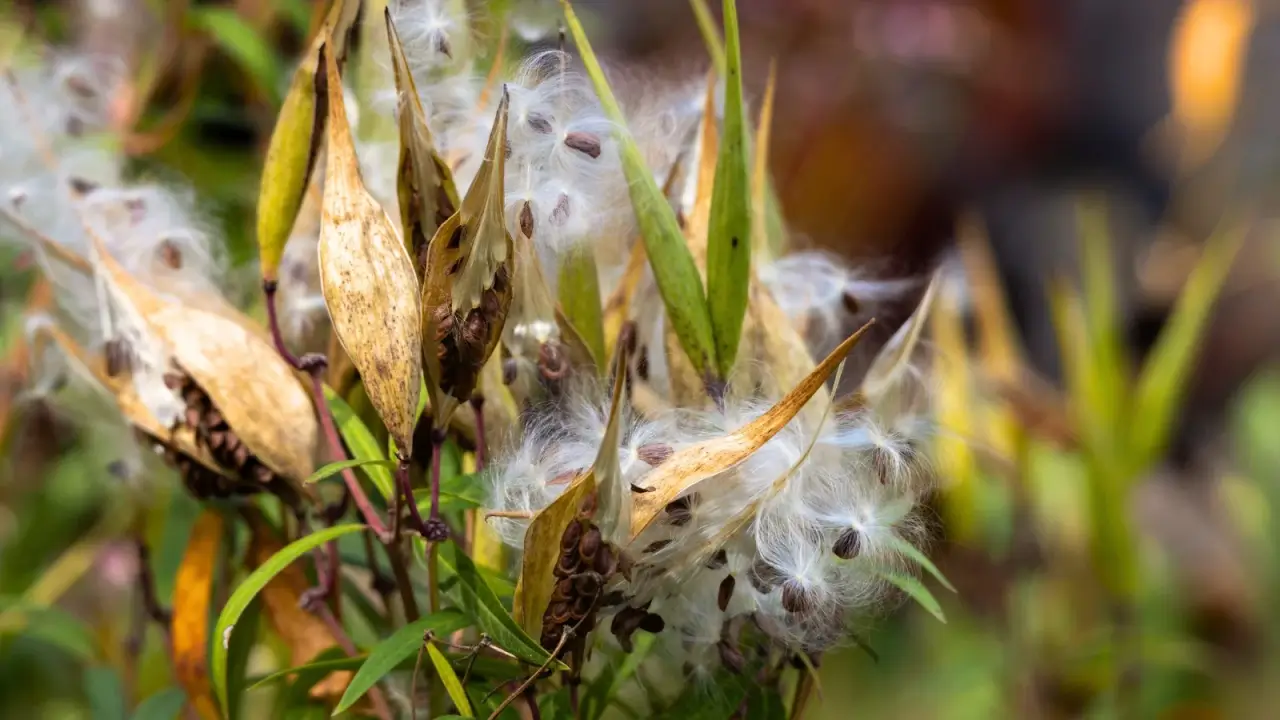
For milkweeds, wait for pods to be brown and slightly open. Then, snip them and separate the seeds from the cottony material. For penstemon, catch the seed pod before it pops. Use a similar strategy to the one you would use for brassicas.
For leguminous plants, the pods should be plump and brown before harvesting. This ensures their viability. Wait too long, and they’ll blast out of the pods. Don’t wait long enough, and they won’t grow new plants.
Woody and herbaceous natives have widely divergent life cycles and cleaning requirements. It really depends on the plant you’re growing and the conditions it needs to germinate. Consult a local native plant expert to determine the best course of action.
Fruit Trees
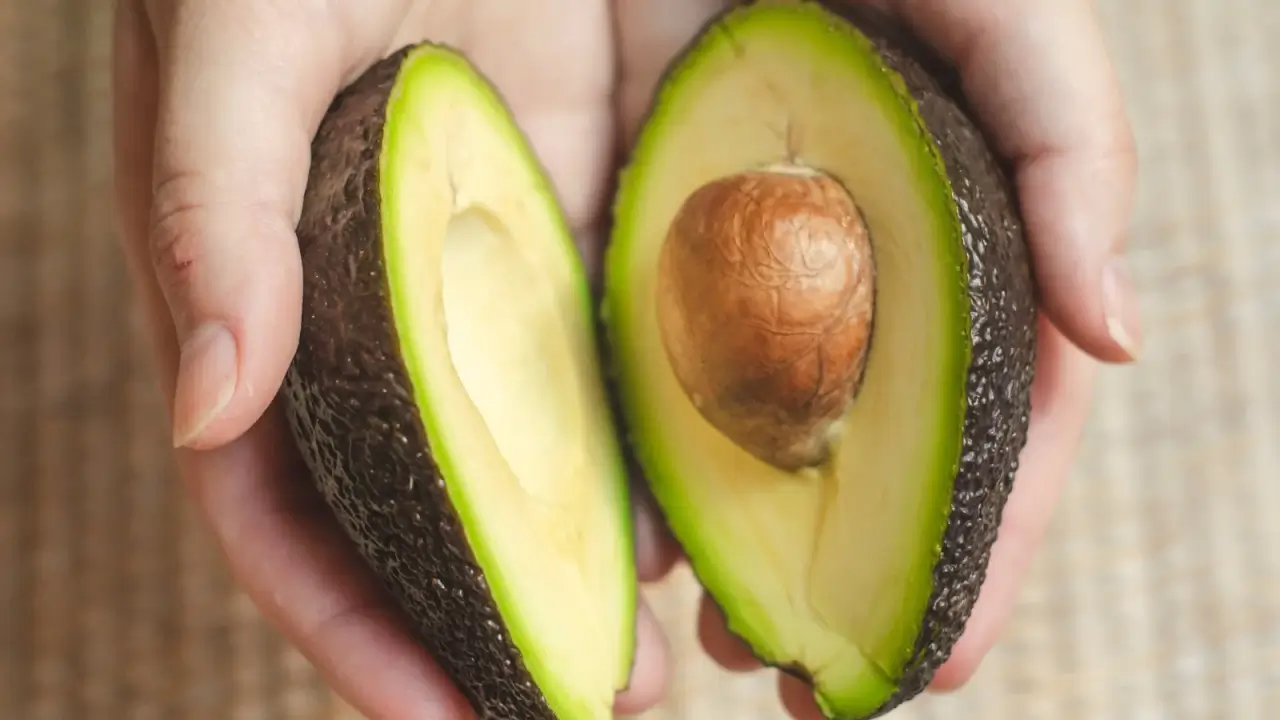
Many fruit trees don’t breed true to type, as they require pollination to set fruit. However, you can always grow them from seeds you obtain from fruit to see what happens. If you want to grow true-to-type, do some research to determine if that is possible with the type you have.
Mangoes, tart cherries, many citrus trees, avocados, and figs all can be grown from seed. However, they may not be viable as long as your commonly grown seeds are. They also take a long time from seed to fruit – often multiple years. Remember this before you grow them!
Why Seeds Matter
Our culture is stunningly “seed stupid.” Here’s why we should understand how seeds work, what’s at stake and who is doing the work to preserve and protect this all-important resource, excerpted from What We Sow, a new book by Jennifer Jewell.
The post Saving Seeds on the Farm: Building Resilience appeared first on Modern Farmer.


